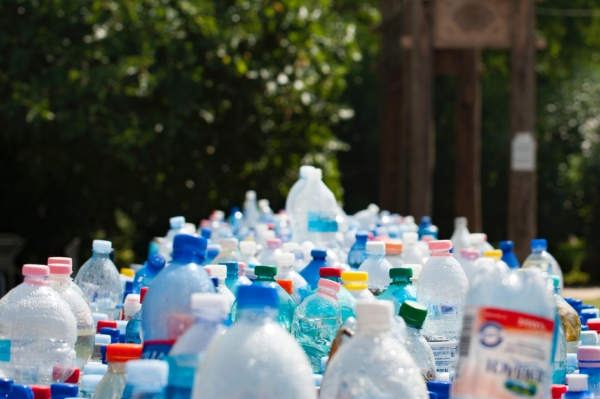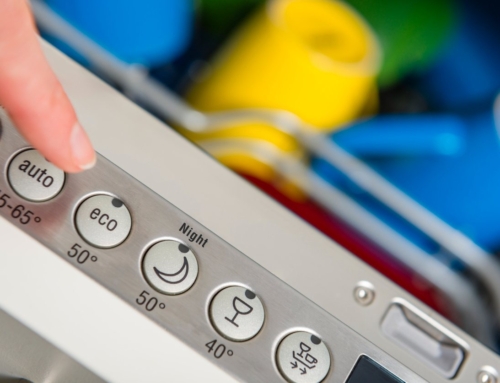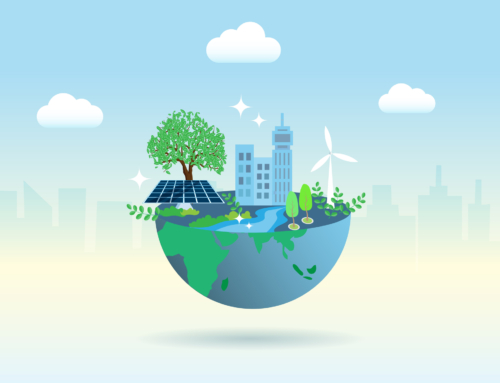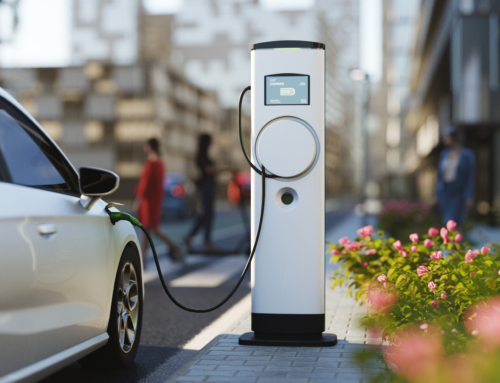Helping the environment happens one step at a time. If you’re enthusiastic about living an eco-friendly lifestyle, you probably take the time to recycle and compost most of your home waste. While recycling certainly reduces the waste you produce, did you know that recycling saves energy as well? Producing new materials from recycled products uses significantly less energy than creating a whole new product from raw materials.
When you recycle your waste it saves a lot of energy because it cuts back on the mining, extracting, processing, and shipping of raw materials that make our everyday products. Recycled materials have already been processed from their raw form and simply need to be processed into another product. While recycling any reusable material saves energy, some materials save more energy than others. The most common materials to recycle include glass, aluminum, plastic, and paper. So, how does recycling save energy? Let’s take a closer look at each material and how recycling can help our planet.
Glass
When you think of materials to recycle, glass is probably one of the first that comes to mind. In order to make glass, minerals, sand, and chemicals are mixed together and heated at very high temperatures for long periods of time until they melt. The glass is then cooled and distributed to manufacturers to create a finished product.
The process of making glass uses a lot of energy because of the high heat required to melt the glass. Whether the glass is being recycled or produced from scratch it must still be melted down before it can be used to create a new product. For this reason, recycling glass only saves around 10-15% of its original energy costs.
Aluminum
Unlike glass, the production of aluminum requires energy-intensive practices that have real impacts on the environment. Recycling aluminum saves more energy than any other material on our list. But how does recycling save energy for aluminum? We’re glad you asked. Aluminum is an ore that is mined from the raw material bauxite. Bauxite is an amorphous, clayey rock that that must be mined, processed, shipped, and formed into a final product.
Bauxite mining has its own environmental concerns, such as air pollution, water pollution, soil pollution, and food contamination. Bauxite mining has also led to extensive erosion in places like Malaysia. The process of extracting aluminum from bauxite uses high amounts of electricity and heat that come from fossil fuels.
Because aluminum has no limit on how many times it can be recycled, we could almost do away with the need to source and produce more aluminum if we simply recycled all the aluminum we use. By recycling aluminum we save 95% of the energy it takes to produce a new can because the recycling process simply involves washing and remelting the aluminum to form a new product. Aluminum recycling saves energy and helps reduce the impact we have on our planet.
Plastic
Recycling plastic isn’t quite like recycling some of the other materials we’ve mentioned. Unlike glass and aluminum, plastic can only be recycled about 2 or 3 times before it is no longer usable. This is because the quality of the plastic degrades over time. Some manufacturers use degraded plastic to make fabric once it can no longer be recycled into other products. However, recycling plastic saves energy and Stanford found that one ton of plastic can help save 16.3 barrels of oil.
Plastic manufacturers are also getting more innovative with recycling and are able to do more with recycled plastics than they once were. Biodegradable plastics might help reduce our environmental impact in the future, but they cannot be recycled like traditional plastics and do not biodegrade unless they are properly disposed of. Still, doing our part by recycling plastic saves energy and keeps more garbage out of our landfills.
Paper
Tossing your paper in the recycling bin saves more energy than you might have thought. Recycled paper uses around 60% of the energy it takes to produce the original product from its raw materials, resulting in an energy savings of about 40%. Some of the most common paper products to recycle include shredded paper, phone books, cardboard, newspapers, paperboard, computer paper, and junk mail.
Although paper is a great material to recycle, it comes with its own set of challenges. Namely, ink. Imagine trying to wash an ink stain out of your favorite white t-shirt. Trying to get ink out of white paper is similar in that it is very difficult to get a purely white paper product from paper that has ink residue on it. Products like biodegradable ink are making this job easier for manufacturers so they can continue to recycle more paper in the future.
Create a Sustainable Future
While the majority of energy savings from recycling are realized from metals, any time you can reuse a product you are doing your part towards creating a more sustainable future for our planet. Now that you know the answer to, “how does recycling save energy?” you know the impact you can have on the world around you. Creating a sustainable future starts with the energy you use in your home. Spring Power & Gas offers energy plans that help offset your carbon usage, leading to a more sustainable energy future. Learn more about Spring Power & Gas and and start saving energy and reduce your impact on the environment today.





![Top 11 Sustainable Building Practices for Eco-Homes [Plus 5 Sustainable Materials]](https://springpowerandgas.us/wp-content/uploads/2023/02/iStock-181062267-500x383.jpg)

